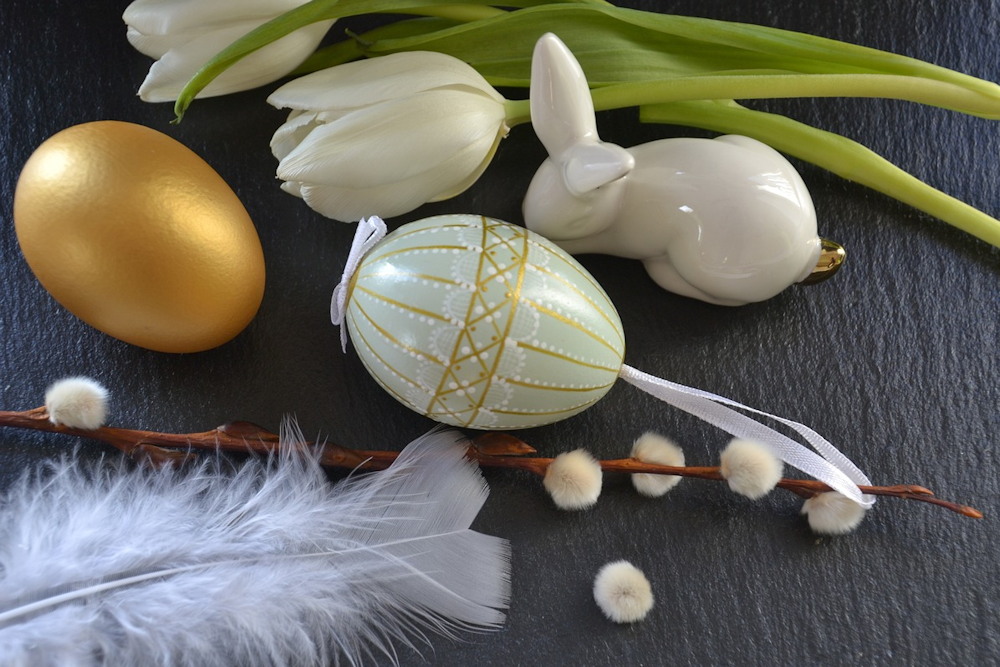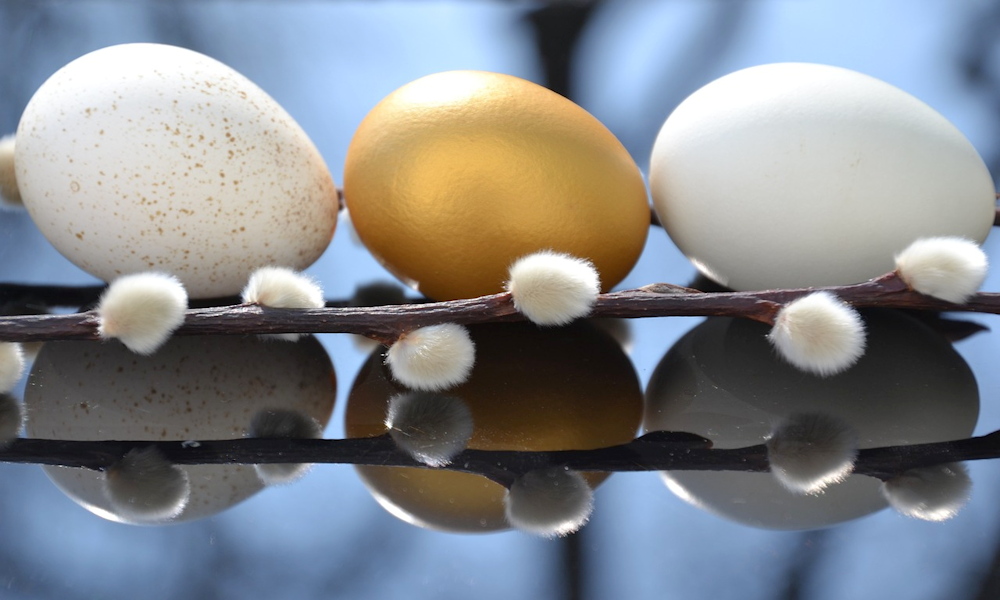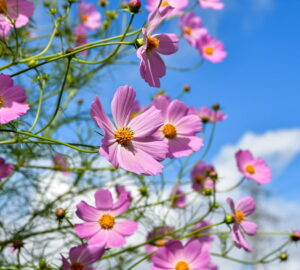As Easter draws near, nature begins to awaken from its wintry slumber, bringing forth a delightful array of signs heralding the arrival of spring. Among these enchanting symbols are catkins, tiny treasures adorning the branches of certain trees, casting a spell of whimsy and renewal. Let’s delve into the fascinating world of catkins and their connection to Easter, as well as unravel the allure of the willow trees that bear them.
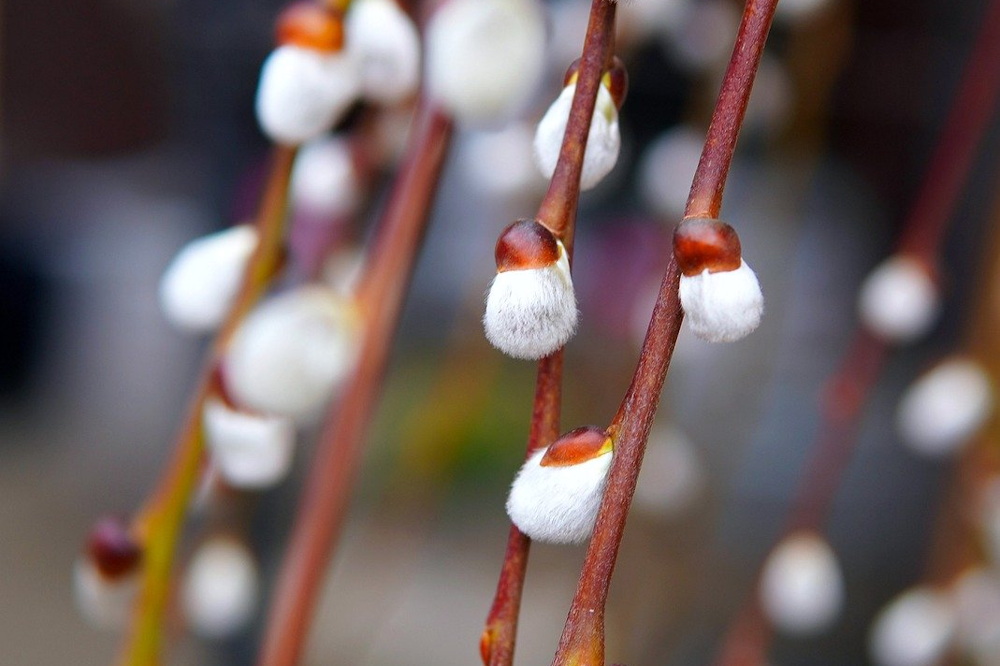
Unveiling the Enigma: Willow Catkins
Willow catkins, often dubbed as nature’s harbingers of spring, are delicate botanical marvels adorning the branches of willow trees. These enchanting clusters consist of tiny flowers lacking traditional petals, arranged in elongated, drooping formations. Most willow species feature separate trees with either male or female catkins, with the female catkins typically being less conspicuous in appearance. Emerging before the unfurling of leaves, they paint the landscape with hints of silver and gold, signaling the arrival of warmer days.
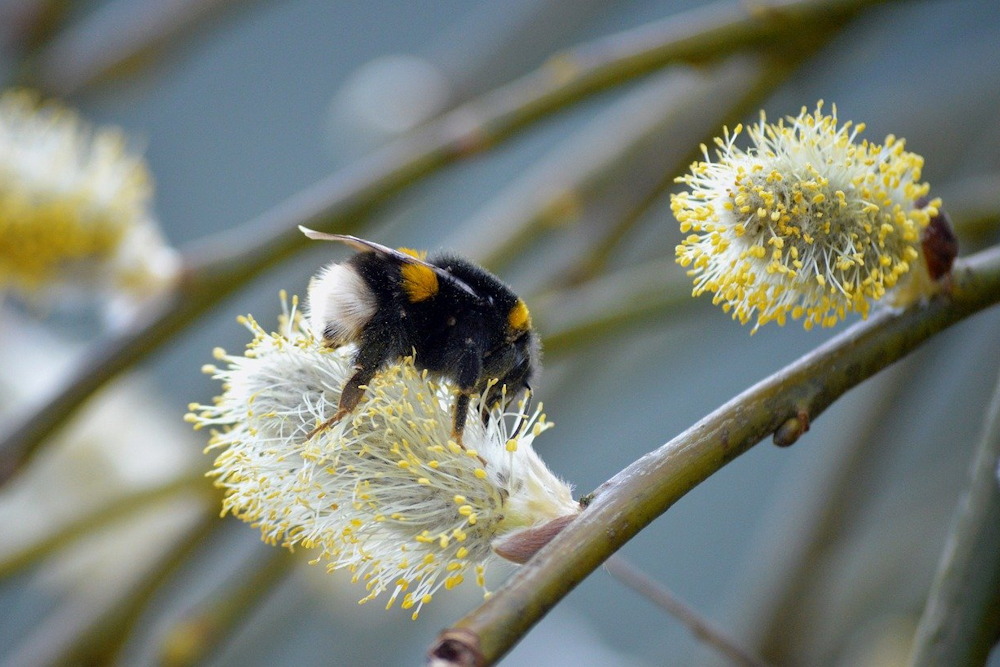
Catkins play a pivotal role in the reproductive cycle of willow trees, serving as vehicles for pollen dispersal by the wind. Despite their diminutive size, these ethereal structures captivate with their subtle beauty and symbolic significance, embodying the essence of renewal and vitality. As heralds of seasonal transition, willow catkins inspire awe and wonder, inviting us to pause and marvel at nature’s intricate design.
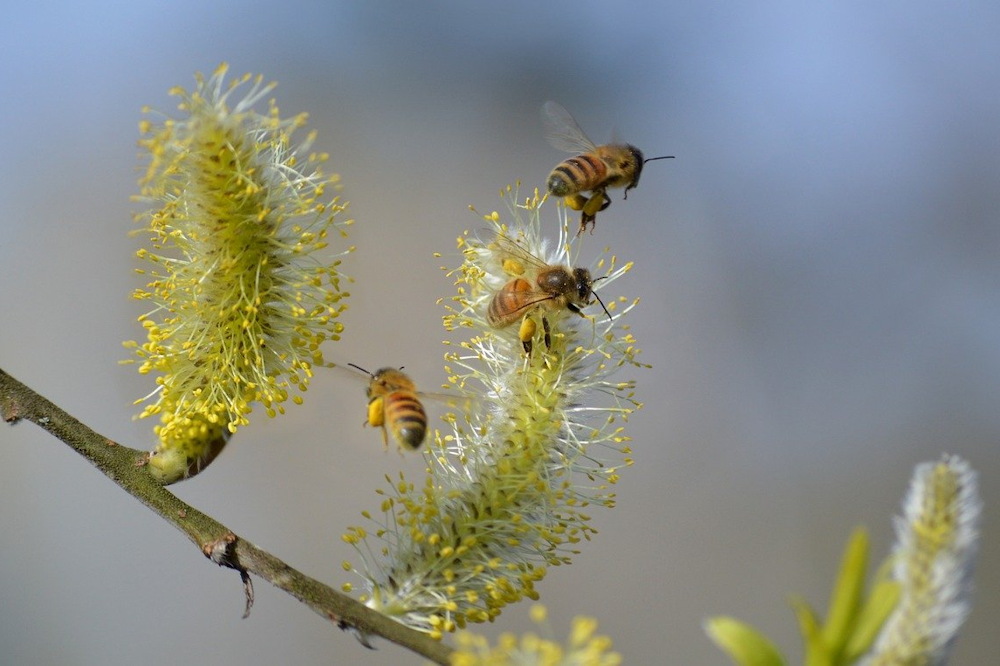
As the first blooms of spring, willow catkins serve as vital resources for early-season pollinators. Bees and other insects flock to these nectar-rich clusters, drawn by their abundant pollen and sweet fragrance.
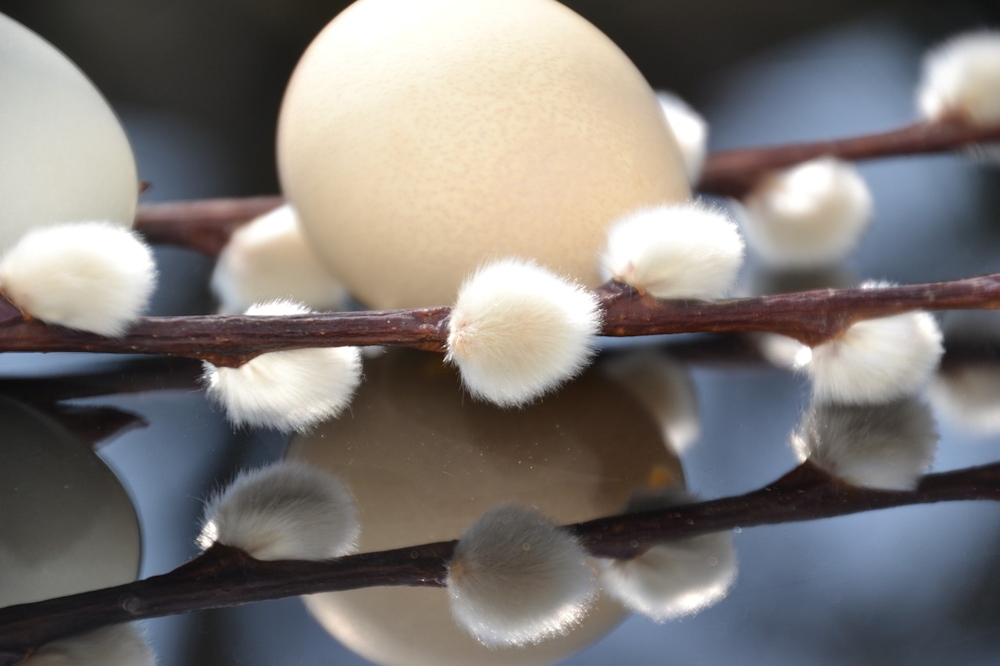
Willow Catkins and Easter: A Symbolic Connection
The association between willow catkins and Easter is deeply rooted in folklore and symbolism. In Christian tradition, Easter signifies rebirth and renewal, paralleling the awakening of nature after the dormancy of winter. Catkins, with their emergence in early spring, symbolize this renewal of life, making them a fitting adornment for Easter celebrations.
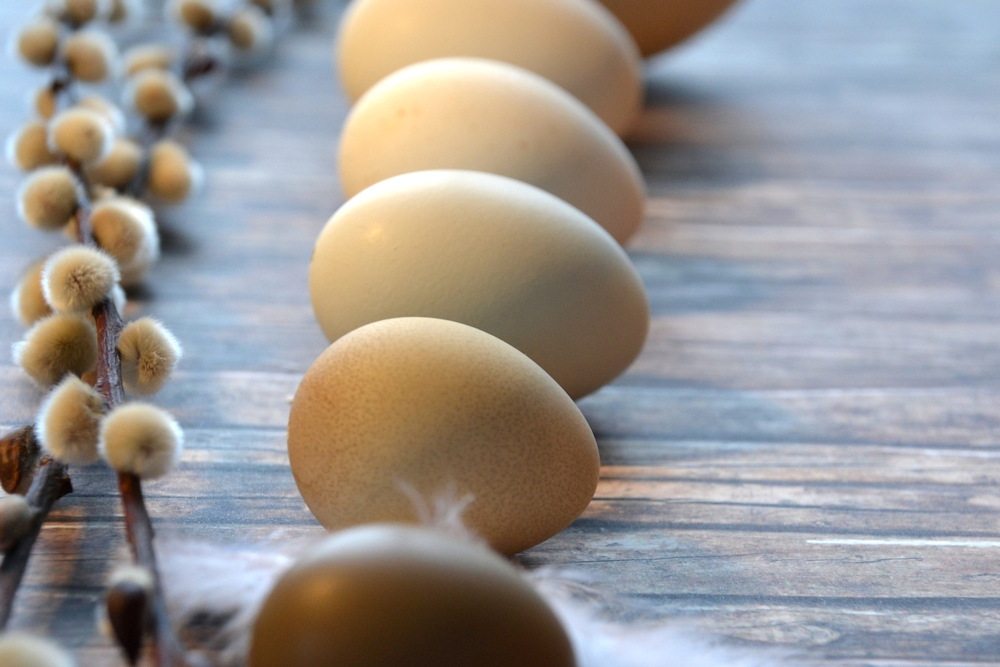
The Custom of Willow Catkins in Easter Decor
The custom of incorporating catkins into Easter decor traces back centuries, intertwining with various cultural practices across different regions. In many parts of Europe, particularly in Slavic countries, it’s customary to decorate homes and churches with branches of flowering trees, including willows adorned with fluffy catkins. These natural adornments symbolize the joyous arrival of spring and the promise of new beginnings.
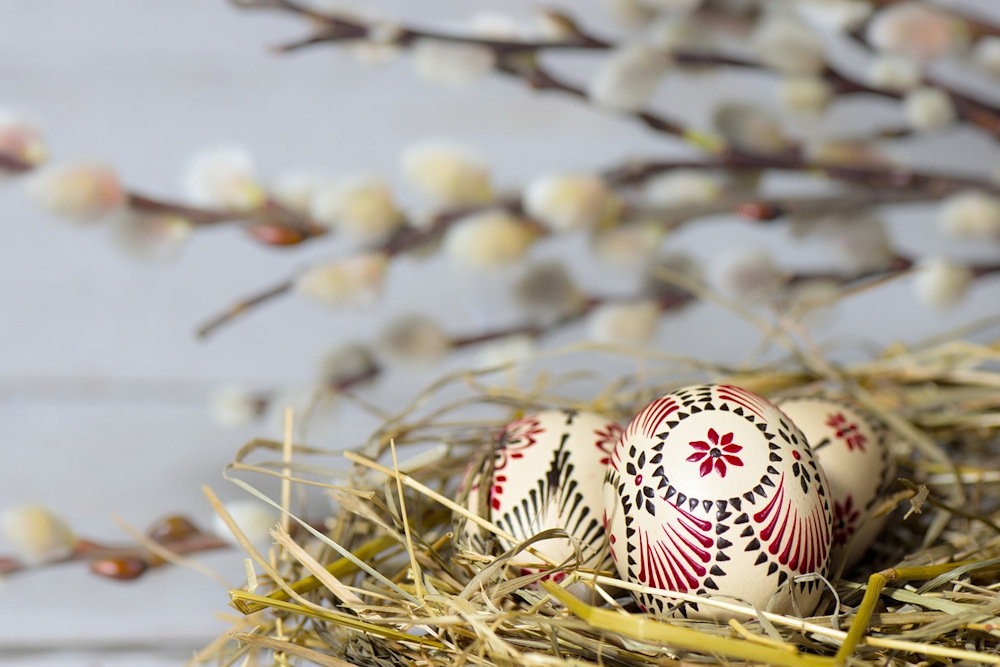
Popular Garden Varieties of Willow
Willows, the beloved bearers of catkins, encompass a diverse genus comprising over 400 species. Among the most popular garden varieties are:
- Salix caprea (Goat Willow): Known for its abundance of silvery catkins resembling fuzzy caterpillars, this species adds a delightful touch to spring landscapes.
- Salix alba (White Willow): Renowned for its elegant, silver-gray foliage and slender, graceful branches, this willow species captivates with its beauty year-round.
- Salix discolor (Pussy Willow): As the quintessential Easter symbol, this species boasts soft, furry catkins that emerge in early spring, enchanting all who behold them.
- Salix integra (Japanese Dappled Willow): With its variegated foliage and compact size, this ornamental willow variety lends a touch of elegance to garden settings.
- Salix purpurea (Purple Osier Willow): Admired for its striking purple stems and narrow leaves, this willow species adds a vibrant splash of color to landscapes.

Willows: Nature’s Storytellers – Unveiling Fascinating Tales and Trivia
- Cultural Significance: Willows hold cultural significance in various mythologies and traditions, symbolizing resilience, flexibility and renewal across different cultures.
- Medicinal Uses: Throughout history, willow bark has been utilized for its medicinal properties, containing compounds similar to aspirin. It has been employed to alleviate pain and reduce fevers.
- Environmental Benefits: Willows are valued for their ability to stabilize soil and prevent erosion, making them valuable additions to riparian zones and areas prone to flooding.
- Habitat for Wildlife: Willows provide essential habitat and food sources for a diverse array of wildlife, including birds, insects and small mammals.
- Artistic Inspiration: The graceful form and delicate beauty of willow branches have inspired artists and poets for centuries, appearing in paintings, literature and folklore as symbols of grace and contemplation.
- Versatile Cultivation: Willows are remarkably versatile and adaptable, thriving in a wide range of environmental conditions, from wetlands and riverbanks to urban landscapes.
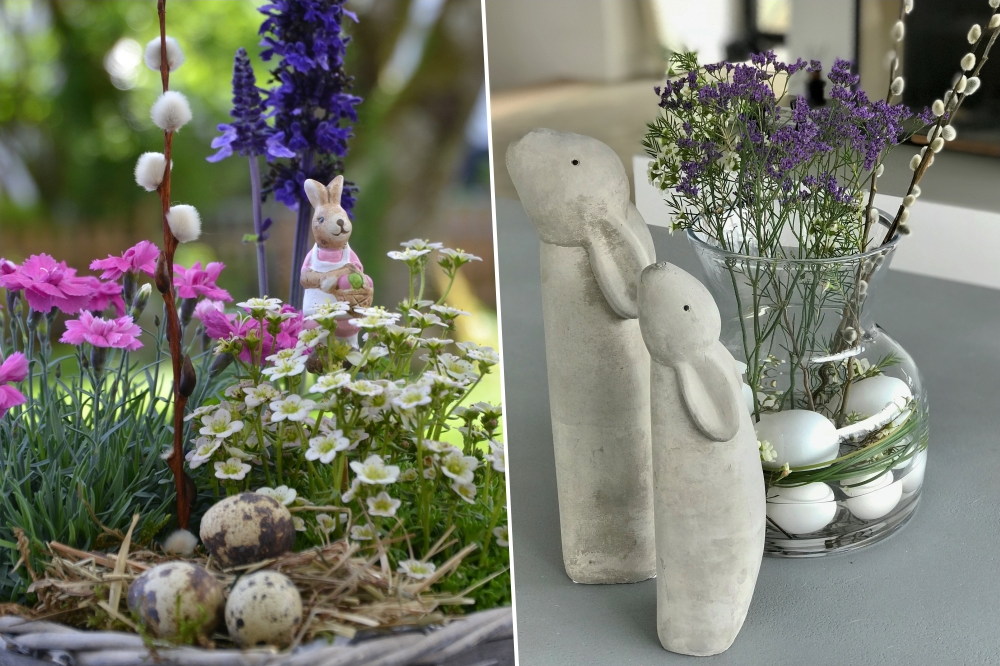
As Easter approaches, let us embrace the enchanting beauty of catkins and the timeless allure of willows, celebrating the season of renewal and new beginnings. Whether adorning our homes with branches of pussy willows or marveling at the elegant grace of a willow tree in bloom, let us cherish nature’s gifts and the promise of spring’s eternal return.
